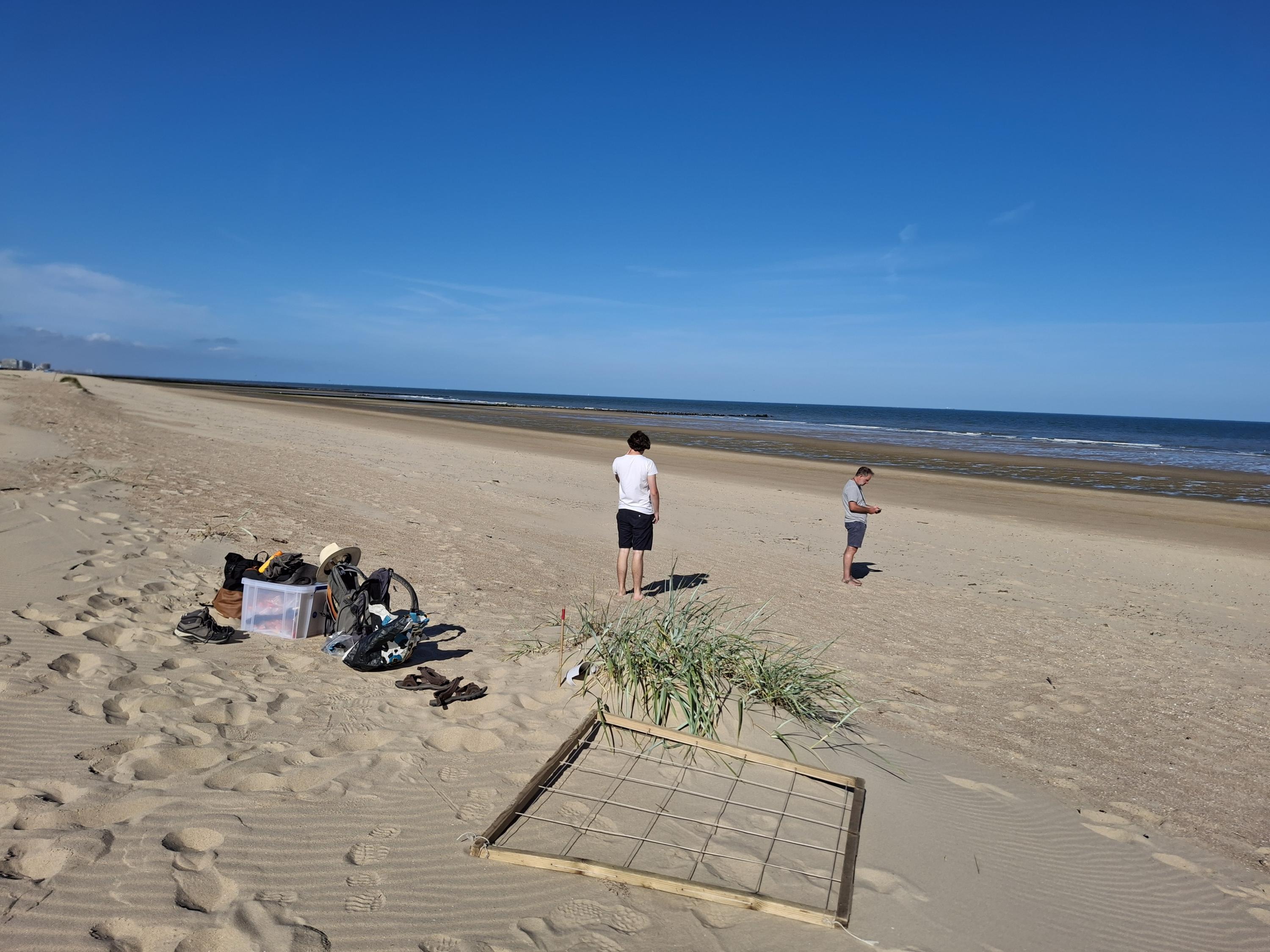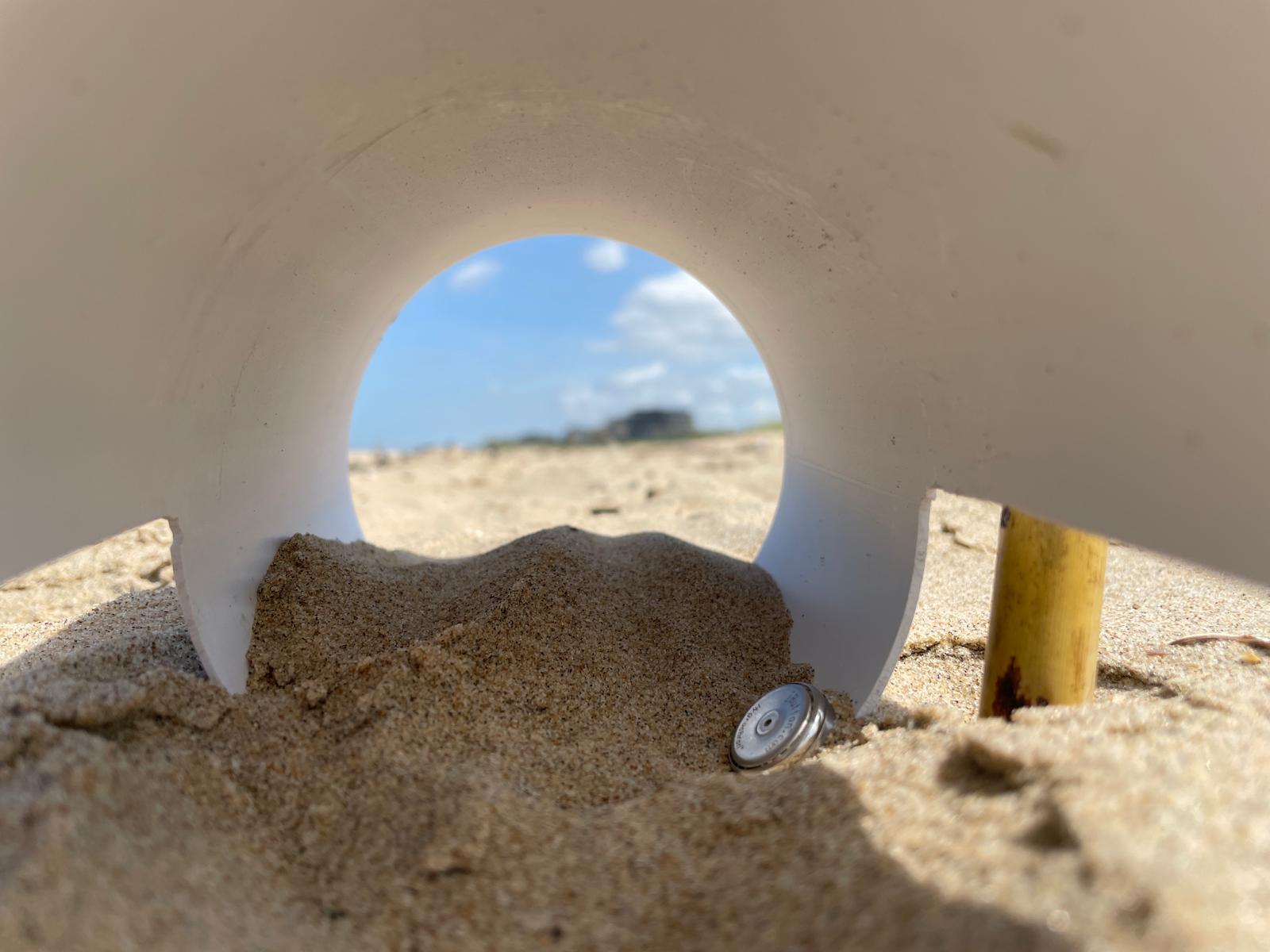-- Summer 2024 --
Exploring nature-based solutions: The DuneFront project’s fieldwork campaign
The DuneFront project is at the forefront of demonstrating the power of Nature-Based Solutions (NbS) to enhance biodiversity. By focusing on the restoration of vital ecosystems, such as blond dunes and embryonic dunes, the project aims to contribute significantly to the EU's biodiversity restoration policy. A key aspect of this initiative is improving connectivity within the Natura 2000 network, which is critical for sustaining Europe's natural heritage.
Over recent months, the DuneFront team has been hard at work, executing an extensive fieldwork campaign across all demonstrator sites. This campaign is essential to understanding how NbS can be harnessed to create and restore habitats, providing tangible benefits for biodiversity and ecosystem services.
Key components of the fieldwork
The fieldwork is designed to provide a comprehensive understanding of the ecological processes at play in the DuneFront demonstrator sites. The team is focusing on several critical areas:
Vegetation transect measures and plant trait composition: By systematically measuring vegetation along transects, the team is assessing the diversity and functional traits of plant species. This data is crucial for understanding how different plant communities contribute to ecosystem health and resilience.
Aboveground food web sampling: Understanding the ecological functioning of dune ecosystems requires detailed knowledge of the food webs that support them. The team is collecting samples of aboveground organisms to analyze their roles within the ecosystem, offering insights into the interactions that sustain biodiversity.
Soil health: Soil biota are anticipated to control aboveground vegetation dynamics. To understand whether designed dunes also hold healthy soils, the team is developing eDNA techniques to map this important dark biodiversity across all demonstrators.
Microclimatic Monitoring: Climate plays a significant role in the health of dune ecosystems. Through continuous monitoring of temperature and aerial humidity, the team is gathering essential data on the microclimatic conditions that affect these habitats.
- Characterization of Sea-Land Connectivity: The connection between the sea and land is a vital aspect of dune ecosystems. The team is characterizing this connectivity to understand how it influences the dynamics of dune habitats, particularly in the context of NbS interventions.
Comparative Analysis with Reference Sites
To provide a comprehensive evaluation, the measurements taken at the demonstrator sites are being contrasted with data from well-chosen reference sites. This comparison allows the team to identify not only the benefits of NbS for dune restoration but also the constraints and challenges they may face.
Looking Ahead: Digital Twins of Dune-Dike NbS
The collection of field data is just the first step to demonstrate whether these hybrid NbS deliver what they promise to biodiversity conservation. In the next step, remote sensing will be used to reconstruct the systems’ evolution with respect to morphology, habitat development and safety. How the created dunes in front of the dikes contribute to regional connectivity will be subsequently studied with novel modeling approaches. All the data will eventually be integrated into advanced mechanistic models. These models will help create digital twins of the dune-dike NbS, providing powerful tools for predicting and optimizing the outcomes of NbS interventions.
The DuneFront project is paving the way for innovative approaches to biodiversity restoration. Through rigorous fieldwork and cutting-edge digital tools, it is poised to make a significant impact on how we protect and restore Europe's natural landscapes.

